Foaming roof rafters or higher SEER A/C
athensmomof3
13 years ago
Featured Answer
Sort by:Oldest
Comments (23)
manhattan42
13 years agothull
13 years agoRelated Professionals
Ken Caryl Architects & Building Designers · Westminster Architects & Building Designers · Castaic Home Builders · Chula Vista Home Builders · New River Home Builders · Bryan General Contractors · Corsicana General Contractors · DeKalb General Contractors · Lighthouse Point General Contractors · Los Alamitos General Contractors · Manalapan General Contractors · McPherson General Contractors · Noblesville General Contractors · Rohnert Park General Contractors · Seal Beach General Contractorsthomas0612
13 years agodavid_cary
13 years agomanhattan42
13 years agoathensmomof3
13 years agoathensmomof3
13 years agothomas0612
13 years agodavid_cary
13 years agopamelah
13 years agoathensmomof3
13 years agolonestarstate
13 years agodavid_cary
13 years agomanhattan42
13 years agolonestarstate
13 years agoathensmomof3
13 years agochiefneil
13 years agodavid_cary
13 years agoathensmomof3
13 years agodavid_cary
13 years agochiefneil
13 years agoangela12345
13 years ago
Related Stories

MATERIALSInsulation Basics: What to Know About Spray Foam
Learn what exactly spray foam is, the pros and cons of using it and why you shouldn’t mess around with installation
Full Story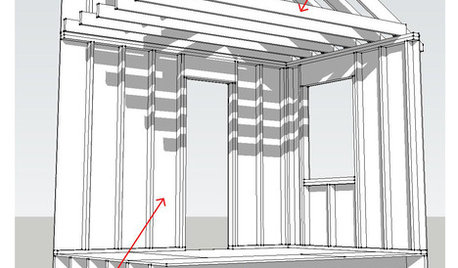
KNOW YOUR HOUSEKnow Your House: Components of a Roof
Don't get held up by confusion over trusses, rafters and purlins. Learn about a roof's features and their purposes here
Full Story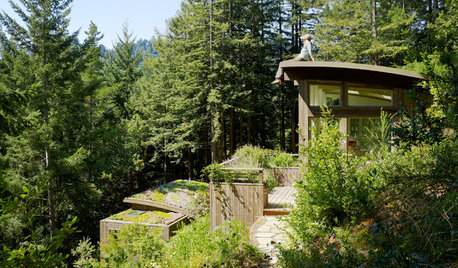
REMODELING GUIDESLiving Roofs Crown Green Design
Living roofs save energy, improve air, water, curb appeal — and the view from above doesn't hurt either
Full Story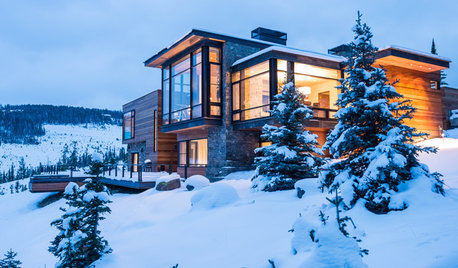
ARCHITECTUREHave Your Flat Roof and Your Snow Too
Laboring under the delusion that flat roofs are leaky, expensive and a pain to maintain? Find out the truth here
Full Story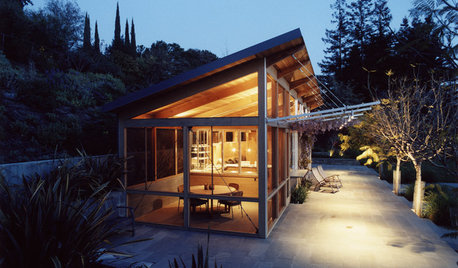
ARCHITECTUREDesign Workshop: The Shed Roof
This popular — and versatile — form straddles the divide between contemporary and traditional styles
Full Story
MATERIALSThe Most Popular Roofing Material is Affordable and Easy to Install
Asphalt shingles, the most widely used roof material in the U.S. are reliable and efficient, and may be right for you
Full Story
MOST POPULAR5 Ways to Hide That Big Air Conditioner in Your Yard
Don’t sweat that boxy A/C unit. Here’s how to place it out of sight and out of mind
Full Story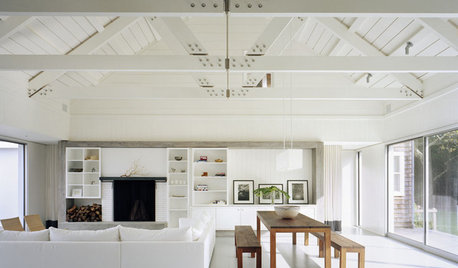
REMODELING GUIDESSupporting Act: Exposed Wood Trusses in Design
What's under a pitched roof? Beautiful beams, triangular shapes and rhythm of form
Full Story
GREEN BUILDINGInsulation Basics: Heat, R-Value and the Building Envelope
Learn how heat moves through a home and the materials that can stop it, to make sure your insulation is as effective as you think
Full Story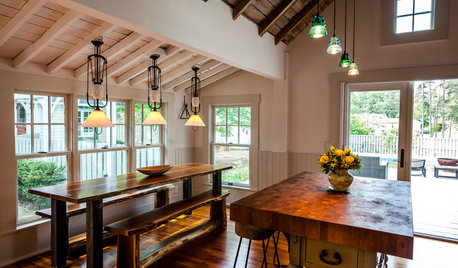
KITCHEN DESIGNKitchen of the Week: Rustic Space Opens to Herb and Vegetable Gardens
Well-chosen recycled and repurposed features create a North Carolina cottage kitchen with a distinctive look and personality
Full StoryMore Discussions









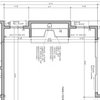
manhattan42